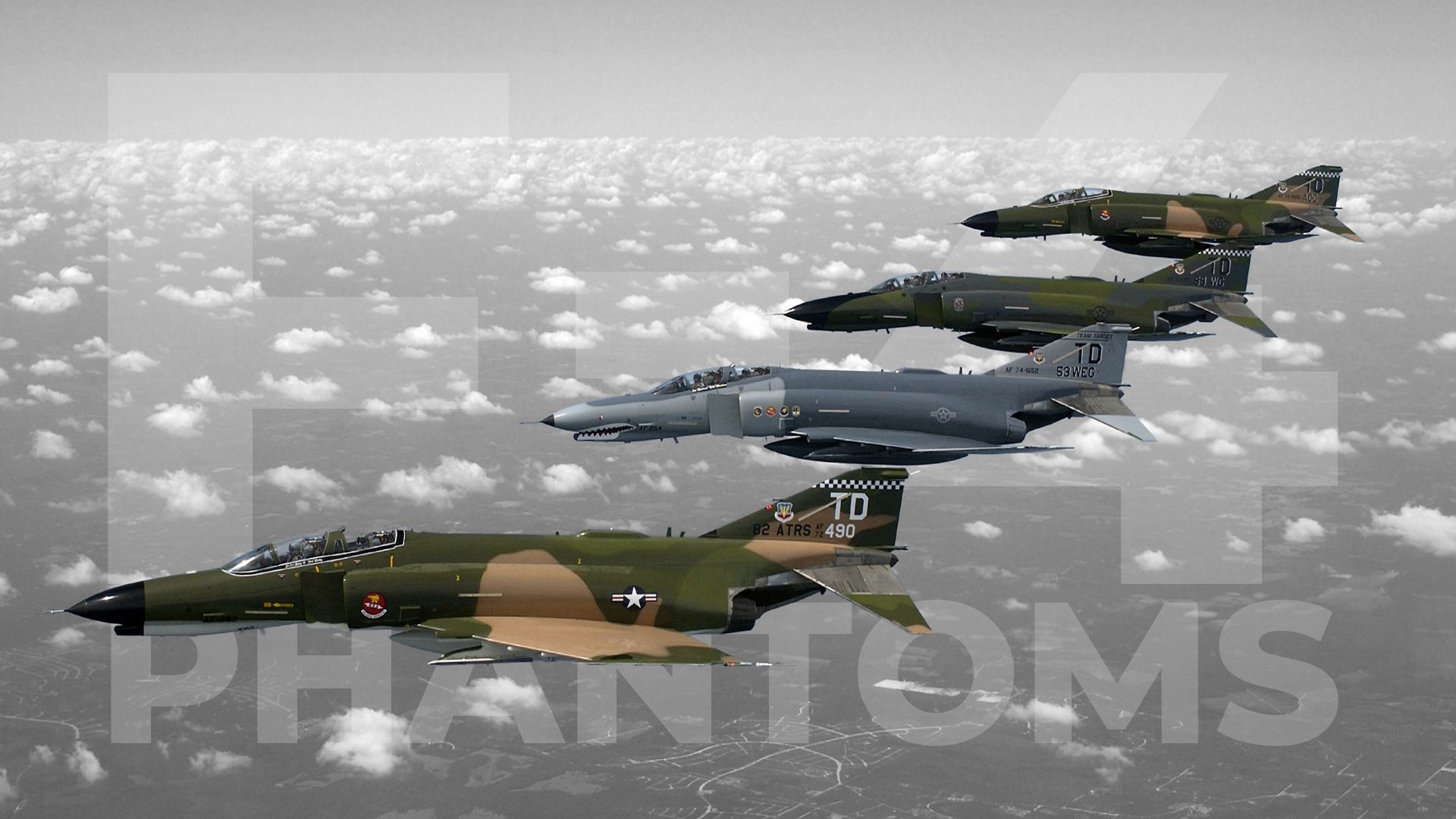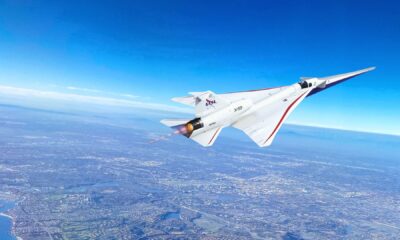World
F-4 Phantom II Legacy: Where Are the Remaining Aircraft Today?

The McDonnell Douglas F-4 Phantom II, a significant player in military aviation history, still has a small presence in the skies despite being over 60 years old. As of July 2025, 98 F-4 Phantom IIs remain operational, primarily in the air forces of Iran, Turkey, and Greece. This iconic aircraft has earned a reputation for its versatility in air support, ground attacks, and reconnaissance missions.
Development and Service History of the F-4 Phantom II
The inception of the F-4 Phantom II traces back to the 1950s during the Cold War, driven by the United States Navy’s demand for a new attack fighter. The first prototype took flight in May 1958, and the aircraft officially entered military service in December 1960. Designed for speed and firepower, the F-4 Phantom II is equipped with two General Electric J79-GE-8 turbojet engines, allowing it to reach speeds of Mach 2.2 (approximately 1,472 mph), making it one of the fastest military aircraft of its time.
The F-4 Phantom II is notable for its adaptability, featuring interchangeable cockpits that can seat one or two pilots. Its nose cone can also be modified to accommodate radar, cameras, or missiles. By the time production ceased in 1981, a total of 5,195 units had been manufactured, establishing it as one of the most produced military aircraft in history. The last F-4 Phantom II in U.S. service was retired in the mid-2010s.
Current Operators of the F-4 Phantom II
As of mid-2025, the F-4 Phantom II continues to serve in three countries:
– **Iran:** The Islamic Republic of Iran Air Force operates 62 F-4 Phantom IIs.
– **Turkey:** The Turkish Air Force maintains 19 F-4 Phantom IIs.
– **Greece:** The Hellenic Air Force has 17 F-4 Phantom IIs in service.
With such a limited number still flying, the F-4 Phantom II’s operational history is remarkable, having been a key asset during the Cold War and extensively used throughout the Vietnam War. The aircraft was primarily deployed for reconnaissance and bombing missions, although its design initially lacked onboard guns, which proved to be a disadvantage in air-to-air combat.
Over the years, the F-4 Phantom II has also seen action in various conflicts, including the Iran-Iraq War, cementing its role as a significant military asset.
F-4 Phantom II in Museums and Displays
For aviation enthusiasts, numerous F-4 Phantom IIs are on display at various museums worldwide, showcasing the aircraft’s unique design and historical significance. Notable locations include:
– **Melbourne, Australia:** RAAF Museum
– **Brussels, Belgium:** Royal Museum of the Armed Forces and Military History
– **Santiago, Chile:** Museo Nacional Aeronautico y del Espacio
– **Berlin, Germany:** Luftwaffe Museum
– **Athens, Greece:** Hellenic Air Force Museum
– **Tehran, Iran:** National Museum of The Islamic Revolution and Holy Defense
These museums offer a glimpse into the legacy of the F-4 Phantom II, illustrating its impact on military aviation.
Notable Incidents and Legacy
The F-4 Phantom II has maintained a strong safety record throughout its operational history, yet it has been involved in several notable incidents. These include:
– In August 1978, a U.S. Navy F-4 shot down another F-4 during a training exercise, with both pilots of the downed aircraft safely ejecting.
– In September 1987, another friendly fire incident occurred when a U.S. Air Force F-4 was shot down by a U.S. Navy F-4, again with successful ejections.
– Tragically, in January 2023, a Hellenic Air Force F-4 crashed into the Ionian Sea during a training mission, resulting in the loss of both pilots.
The legacy of the F-4 Phantom II is remarkable, not just for its operational capabilities but also for its cultural significance. It has appeared in numerous films, documentaries, and books, becoming a symbol of military aviation innovation and power. Its distinctive appearance and powerful engines have made it a favorite among aviation enthusiasts and a celebrated icon in military history.
The F-4 Phantom II stands as a testament to the evolution of military aviation, with its advanced technology and enduring presence inspiring future generations. As its operational numbers dwindle, the aircraft’s history continues to be honored and remembered by aviation buffs and historians alike.
-

 World3 months ago
World3 months agoScientists Unearth Ancient Antarctic Ice to Unlock Climate Secrets
-

 Entertainment3 months ago
Entertainment3 months agoTrump and McCormick to Announce $70 Billion Energy Investments
-

 Science3 months ago
Science3 months agoFour Astronauts Return to Earth After International Space Station Mission
-

 Lifestyle3 months ago
Lifestyle3 months agoTransLink Launches Food Truck Program to Boost Revenue in Vancouver
-

 Technology2 months ago
Technology2 months agoApple Notes Enhances Functionality with Markdown Support in macOS 26
-

 Top Stories1 week ago
Top Stories1 week agoUrgent Update: Fatal Crash on Highway 99 Claims Life of Pitt Meadows Man
-

 Sports3 months ago
Sports3 months agoSearch Underway for Missing Hunter Amid Hokkaido Bear Emergency
-

 Politics2 months ago
Politics2 months agoUkrainian Tennis Star Elina Svitolina Faces Death Threats Online
-

 Technology3 months ago
Technology3 months agoFrosthaven Launches Early Access on July 31, 2025
-

 Politics3 months ago
Politics3 months agoCarney Engages First Nations Leaders at Development Law Summit
-

 Entertainment3 months ago
Entertainment3 months agoCalgary Theatre Troupe Revives Magic at Winnipeg Fringe Festival
-

 Politics1 week ago
Politics1 week agoShutdown Reflects Democratic Struggles Amid Economic Concerns





















